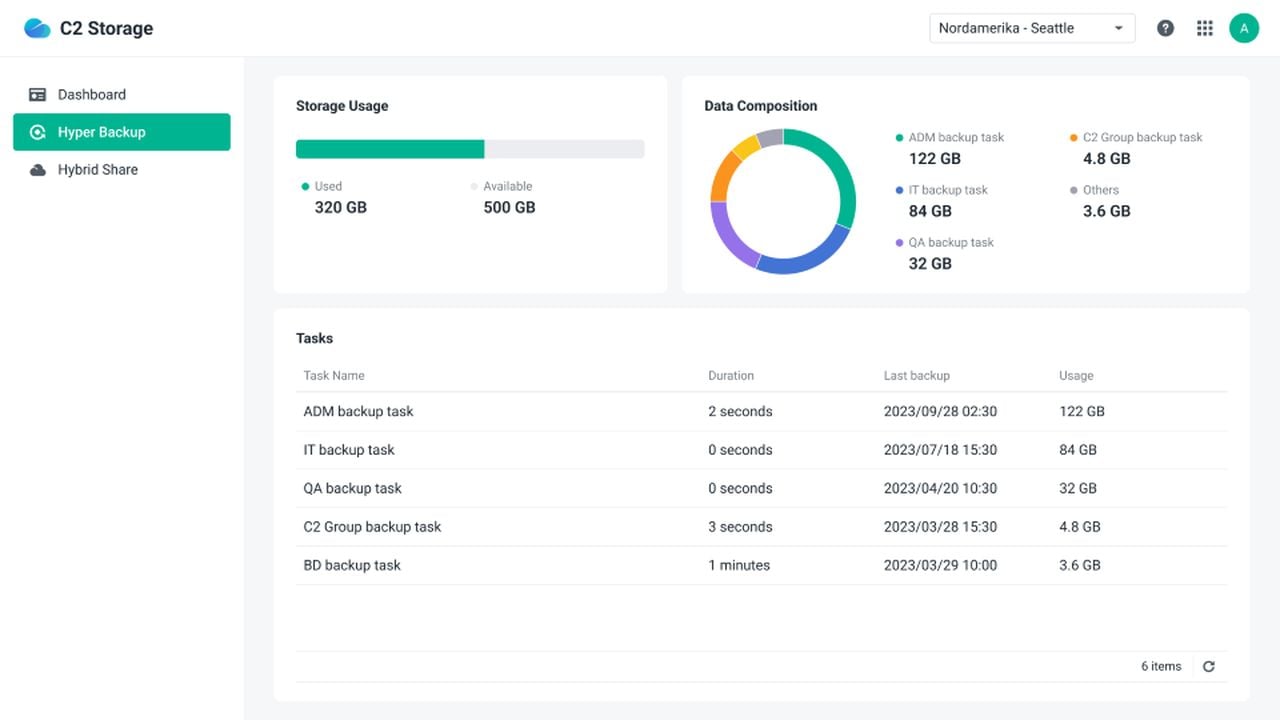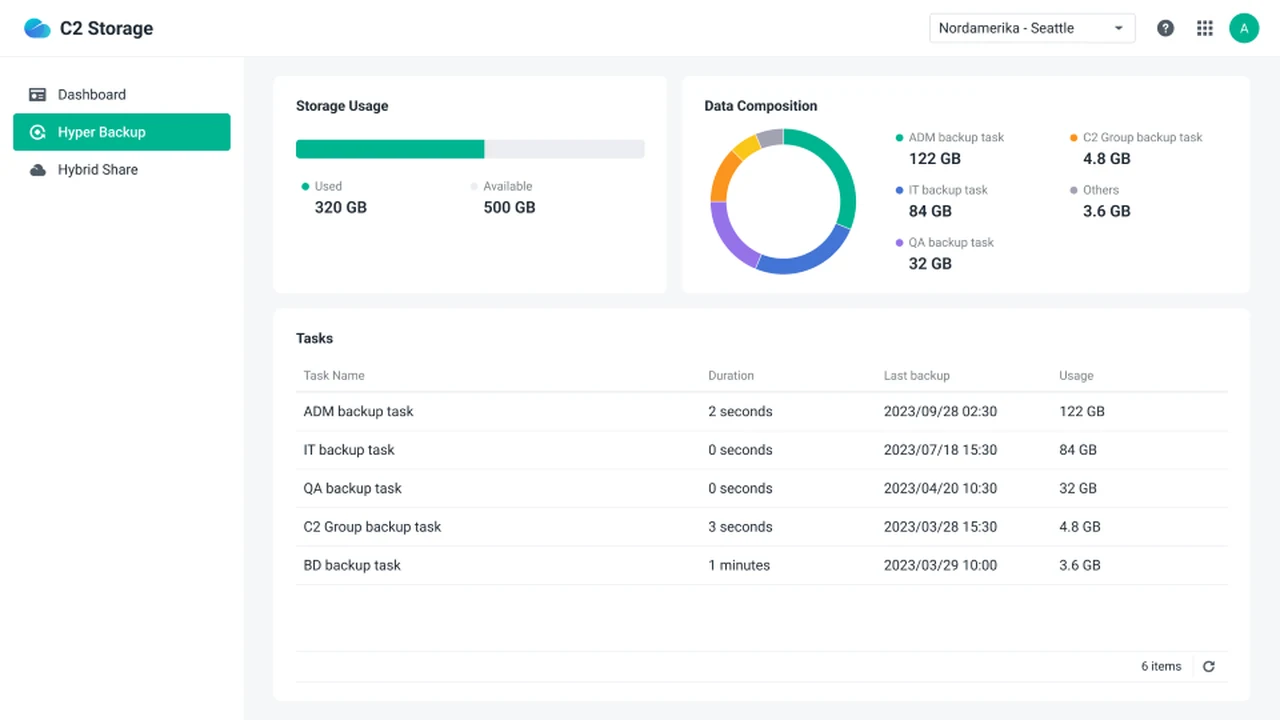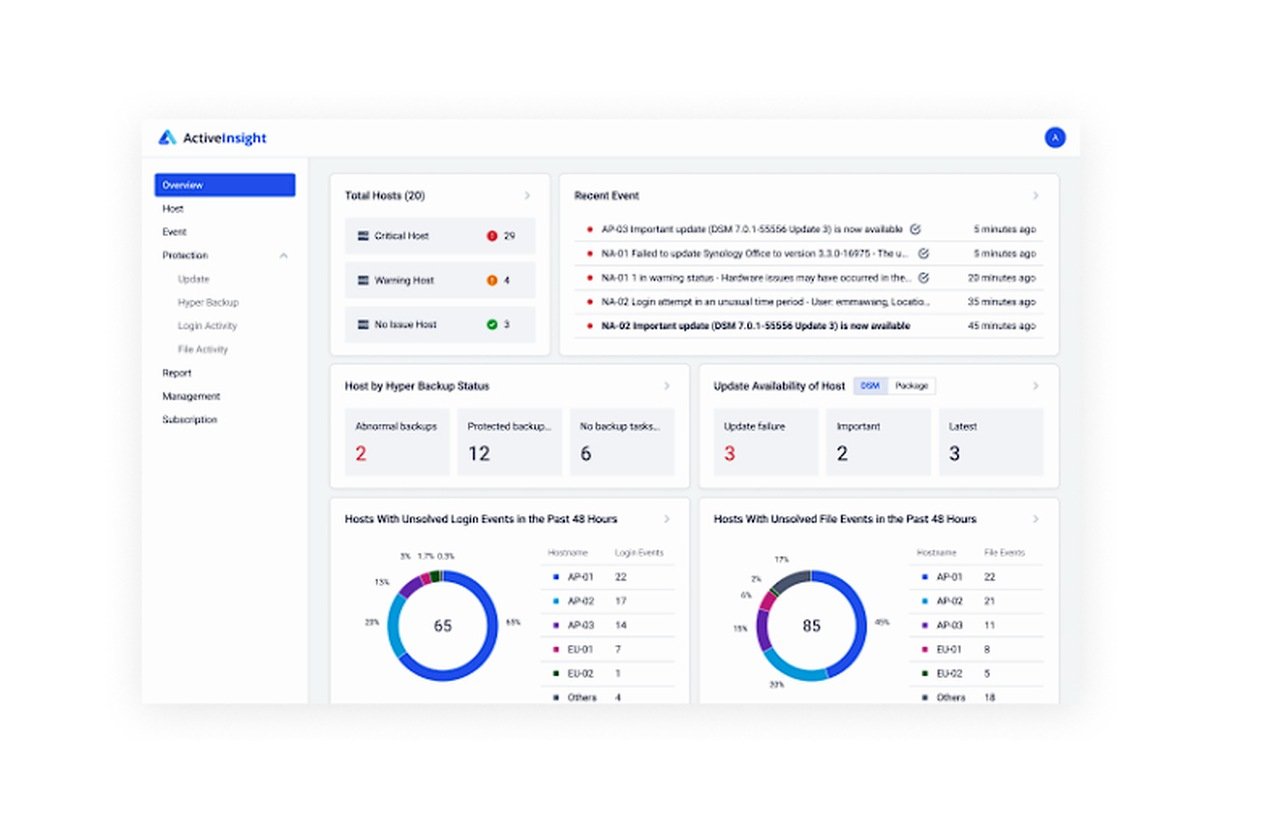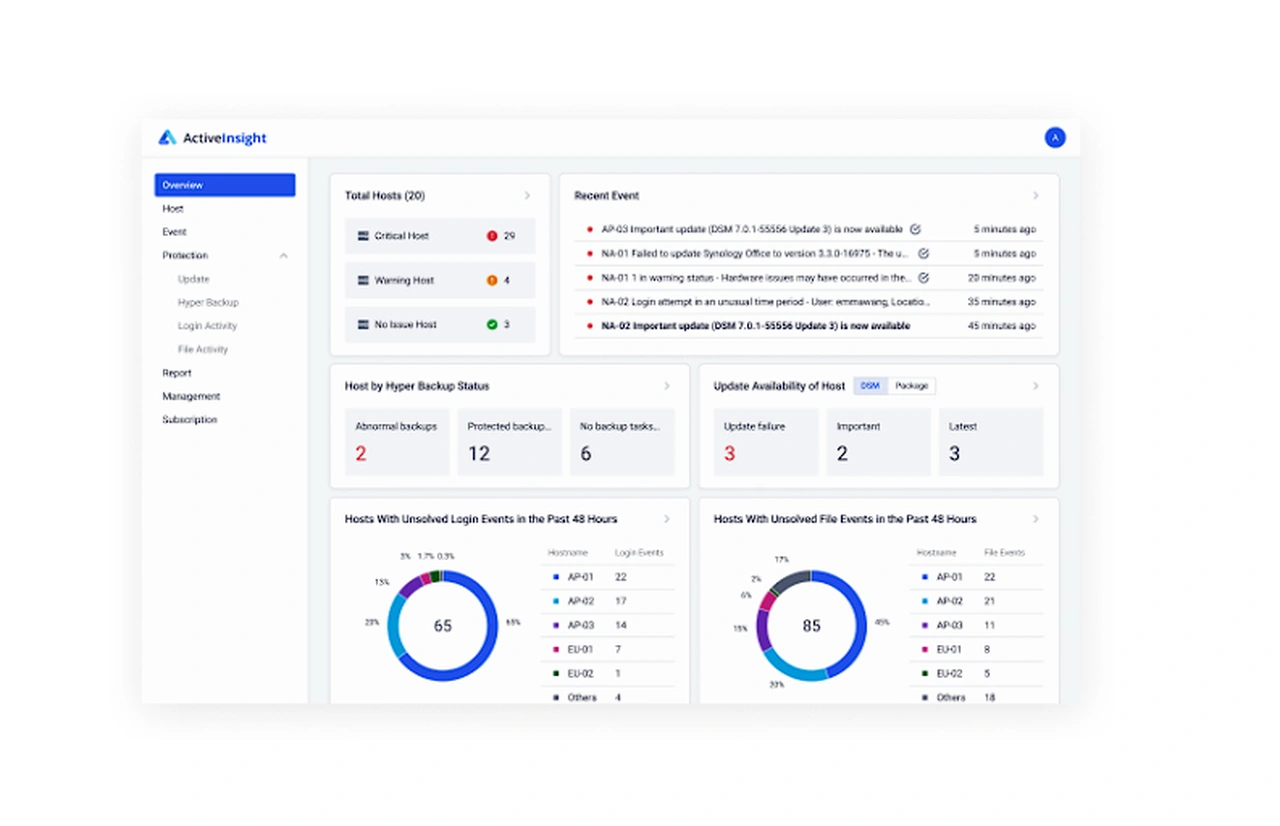[ad_1]

NASA El módulo de aterrizaje InSight Mars recientemente retirado fue descubierto por Vehículo de reconocimiento de Marte (MRO) en una imagen tomada el 23 de octubre de 2024, utilizando la cámara del Experimento Científico de Imágenes de Alta Resolución (HiRISE). La imagen muestra polvo acumulándose en los paneles solares del módulo de aterrizaje, que ahora coinciden con el color marrón rojizo de la superficie marciana. Los informes indican que esta observación continúa proporcionando información sobre el movimiento del polvo y los patrones del viento en Marte.
Misión y jubilación de InSight
El módulo de aterrizaje InSight, que aterrizó en noviembre de 2018, fue clave para detectar terremotos marcianos y estudiar los planetas. Planeta Corteza, manto y núcleo. La NASA puso fin oficialmente a la misión en diciembre de 2022 después de que el módulo de aterrizaje dejara de comunicarse debido al exceso de polvo acumulado en sus paneles solares. Los ingenieros del Laboratorio de Propulsión a Chorro de la NASA en California continuaron monitoreando el módulo de aterrizaje en busca de signos de reactivación, con la esperanza de que los vientos marcianos quitaran sus paneles. Sin embargo, según… InformesNo se recibió ninguna señal y las operaciones de escucha finalizarán a finales de este año.
Seguimiento del movimiento del polvo.
Las nuevas imágenes HiRISE se tomaron para monitorear cómo el polvo y los vientos cambian la superficie de Marte con el tiempo. Ingrid Daubar, miembro del equipo científico de la Universidad de Brown, dijo a las fuentes que las imágenes de InSight proporcionan datos importantes sobre cómo se acumula y transforma el polvo. Esta información ayuda a los investigadores a comprender el ciclo del polvo marciano y la dinámica del viento, que son vitales para futuras misiones.
Cambios de superficie y estudios de impacto.
El movimiento del polvo no sólo afecta a las misiones alimentadas por energía solar, sino que también ayuda a los científicos a estudiar los procesos de envejecimiento de la superficie. Las marcas de explosión dejadas por los propulsores de aterrizaje de InSight, que eran oscuras y prominentes en 2018, se han desvanecido significativamente, lo que indica depósitos de polvo con el tiempo. Este fenómeno también ayuda a los investigadores a estimar la edad de los cráteres y las características de la superficie, a medida que el polvo erosiona gradualmente su visibilidad.
El papel continuo del Mars Reconnaissance Orbiter
La nave espacial Mars Reconnaissance Orbiter continúa desempeñando un papel clave en el seguimiento de los cambios en la superficie de Marte. Supervisa tanto las misiones activas, como los rovers Perseverance y Curiosity, como las misiones inactivas, incluidas Spirit, Opportunity y Phoenix. Está gestionado por JPL para la Dirección de Misiones Científicas de la NASA. Aquí está La cámara sigue siendo una herramienta vital para estudios a largo plazo del entorno marciano.
[ad_2]
Source Article Link








